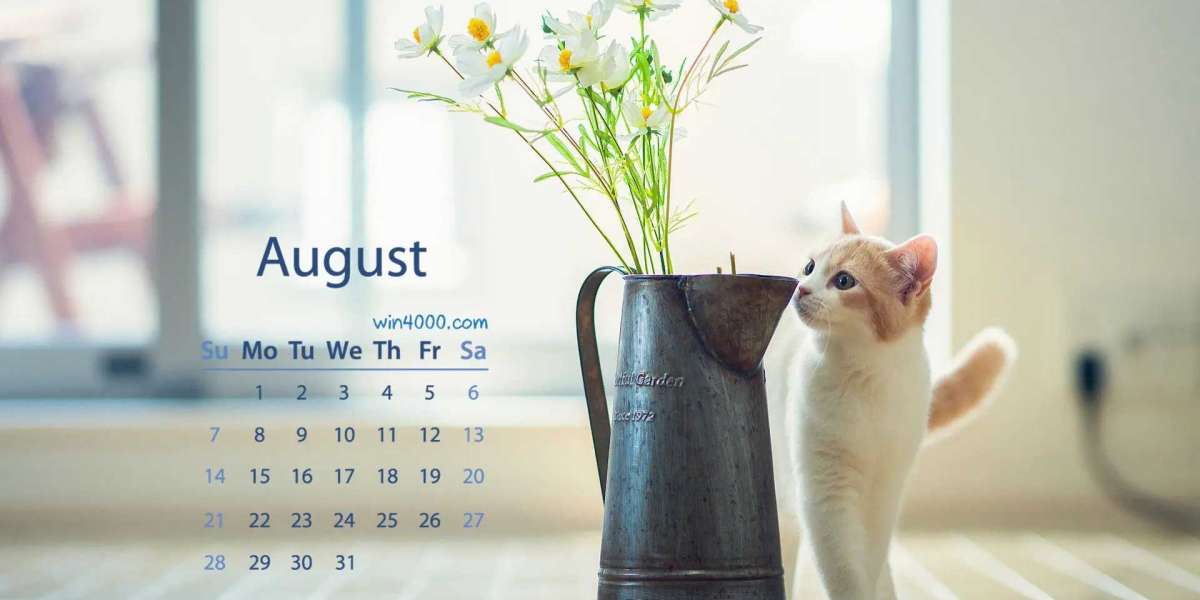Poly vinyl chloride resin or PVC resin as it is popularly called, is a thermoplastic Resin which can be softened on reheating. A common term for this commodity polymer is Vinyl. Often available in the form of a powder, PVC granules are highly resistant to oxidisation and degradation caused by atmospheric reaction. In its raw form, it appears as a white powdery solid. Economical, versatile polyvinyl chloride (PVC, or vinyl) is used in a variety of applications in the building and construction, health care, electronics, automobile and other sectors, in products ranging from piping and siding, blood bags and tubing, to wire and cable insulation, windshield system components and more.
Polyvinyl chloride resin generally has a high level of chemical resistance. This may not be seen, however, when the material is exposed to organic chemicals. PVC is also strong and resistant to water and abrasion. This material is very popular in the construction industry. It can be used to produce many items needed in the building process. Those items are often lightweight, long lasting and maintenance-free. One weakness of PVC resin is ultraviolet exposure. The negative effects can often be reduced by additives such as plasticizers. In most cases, however, it is recommended to avoid this type of exposure. PVC resin alone is a raw material. It can be made into products with a wide range of properties from soft and flexible to light and rigid. The outcome is often determined by additives. Other ingredients must typically be added to convert this resin into a finished product. These can include heat stabilizers, lubricants, and fillers. One of the most common types of additives to be blended with PVC is plasticizers, such asbutyl glycolate, epoxy resins, and dialkyl azelates.














